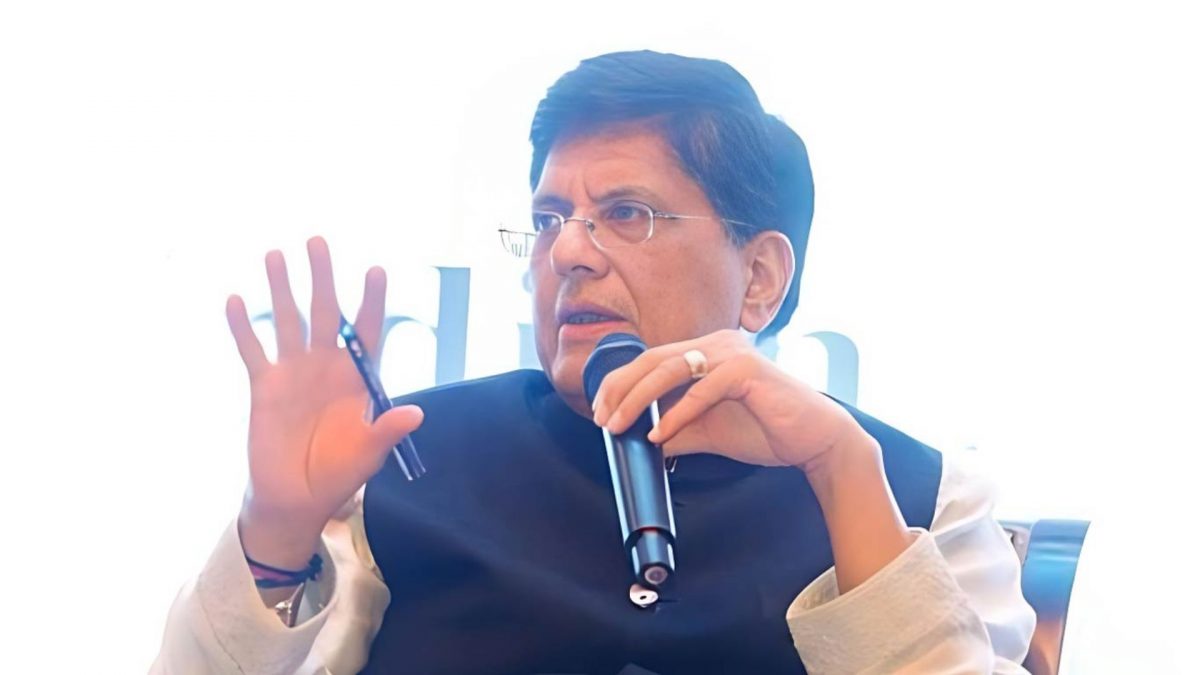India has rejected joining the world’s largest trade deal - Regional Comprehensive Economic Partnership (RCEP), maintaining that it is not in the country’s interest to be a part of a free trade agreement with China.
Why won’t India join RCEP?
Minister of Commerce and Industry, Piyush Goyal, in an interview with CNBC, pointed out two reasons why India won’t be joining RCEP.
1 - RCEP does not reflect the guiding principles on which ASEAN was started.
2 - It is not in India’s interest to do a free trade agreement with China.
In 2020, 15 Asia-Pacific countries - which makes up about 30 per cent of global GDP - signed the RCEP deal which came into force in January 2022.
The countries are the 10 members of the Association of Southeast Asian Nations (ASEAN), and five of their largest trading partners, China, South Korea, Japan, Australia and New Zealand.
Back in 2013, negotiations for the RCEP had started and India was included initially, with some members viewing the country as a counterbalance to China. However, in 2019, India opted not to be a part of RCEP and cited unresolved “core interest” issues.
In the CNBC interview, Goyal also said that back in 2019, India already had a FTA with ASEAN, Japan and Korea, as well as a bilateral trade with New Zealand worth $300 million.
Impact Shorts
More Shorts“It was not in our farmers’ interest, RCEP did not reflect the aspirations of our small and micro medium industries and sector, and in some form, was nothing but a free trade agreement with China,” the minister said.
“When you see from the lens sitting outside the country, you don’t realise how difficult it is to compete against a non-transparent economy,” Goyal further said, in reference to China.
“Certainly nobody back home would like to have an FTA with [a] non-transparent economy, very opaque in its economic practices, where both trading systems, political systems, the economy — the way it is managed — is completely different from what the democratic world wants," the minister further said.
Goyal further accused China of using the World Trade Organisation’s (WTO) policies to its advantage, flooding several economies with products at low prices which “often do not meet quality standards."


)

)
)
)
)
)
)
)
)



